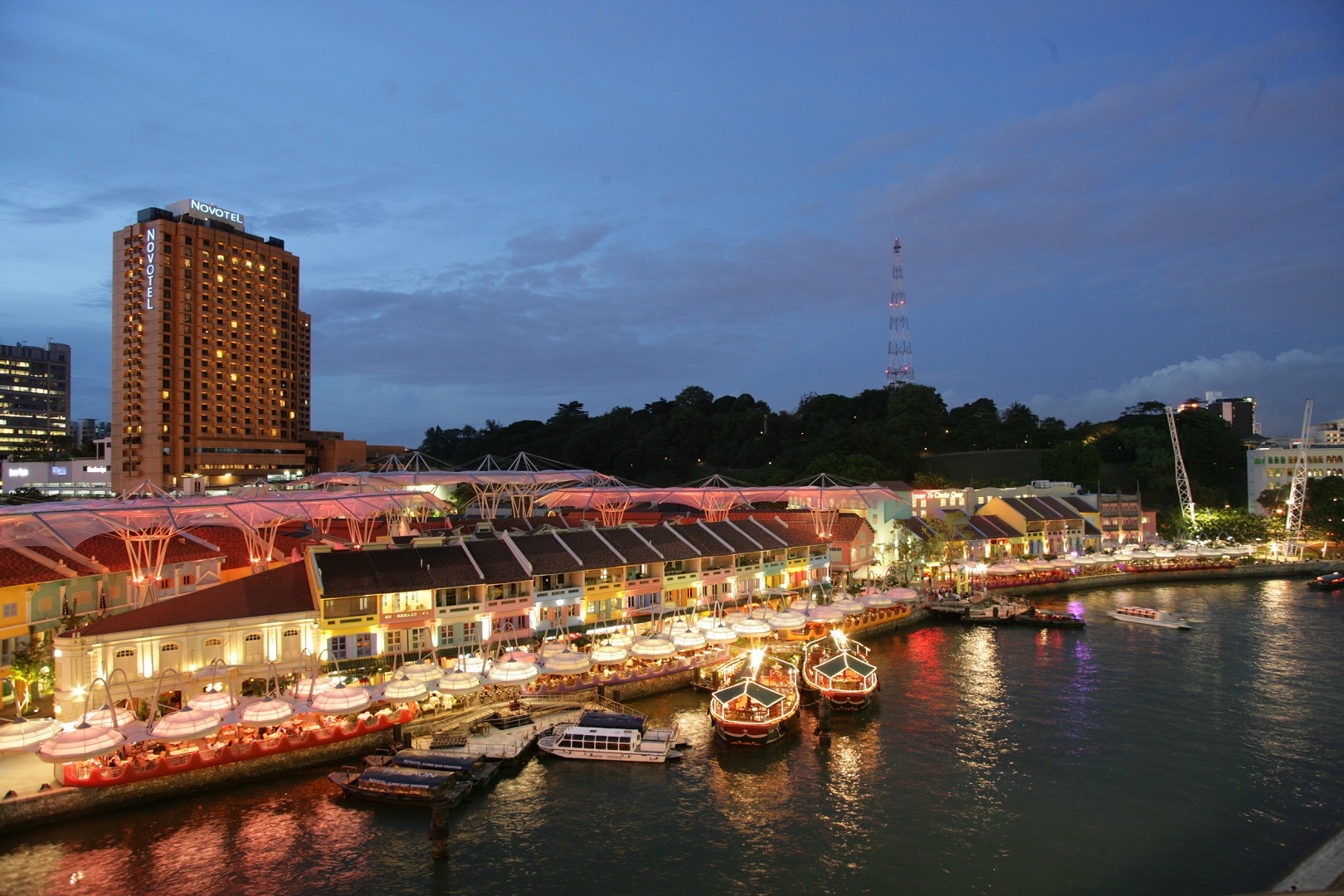
Thinking about the Singapore River today (maybe before the COVID-19 pandemic hit), we immediately imagine a bustling nightscape with crowded bars, and also the iconic river cruise decked out with tourists. However, long before I was born, the river has not been quite so glamorous… to say the least.
Post Independence, the Singapore River became the center of trade and commerce. As much as business boomed, the river became increasingly polluted such that little to no marine life could be sustained. According to the NLB,
“Businesses such as gambier processors, sago factories, seaweed factories, as well as cottage industries and street hawkers dumped their waste into the river, while lighters transferring cargo to and from ships anchored out at sea dirtied the waterway with oil and debris. Without proper sewage facilities, squatters also discharged their bodily waste into the river, contributing to the stench. The rivers near Kallang Basin were similarly polluted, with shipyards, duck farms and pig farms adding to the problem.”

A Multipronged Solution
Then Prime Minister Lee Kuan Yew first identified the polluted river as a severe problem; rather than considering the polluted river at face value, he recognized that the polluted river was a result of multiple social, economic, and environmental issues stemming from poor land use planning.
The solution for such a complex problem had to consist of different phases. The first step taken was to remove (or relocate) the sources of pollution. As early as August 1969, main polluters, including boat builders, firewood and charcoal dealers, and businesses were informed of their relocation (LKYSPP, 2012).
The next phase was to remove the existing pollution from the river. By October 1969, a plan was drawn up by the Public Works Department (PWD) and the Public Utilities Board (PUB) to clean up Singapore’s waterways (NLB, n.d.). Unfortunately, the implementation progress was slow due to high costs.
Progress picked up speed after the opening of the Upper Pierce Reservoir in February 1977 where Mr Lee set a 10-year time limit for the Ministry of Environment to clean the river and the Kallang Basin. An estimated $300 million was invested into the 10-year plan; spent on the rapid construction of flats for squatters, construction of hawker centers and markets, expanding the sewer network, improving utilities services, upgrading of port facilities, and the actual river clean-up.
Lessons Learnt
This large-scale rejuvenation of the Singapore River serves as an excellent representation of the complexity of environmental problems. On the bright side, it also exemplifies how a strong political will (not to mention a sized fiscal reserve), can even revitalize a river deemed to be unable to sustain life.